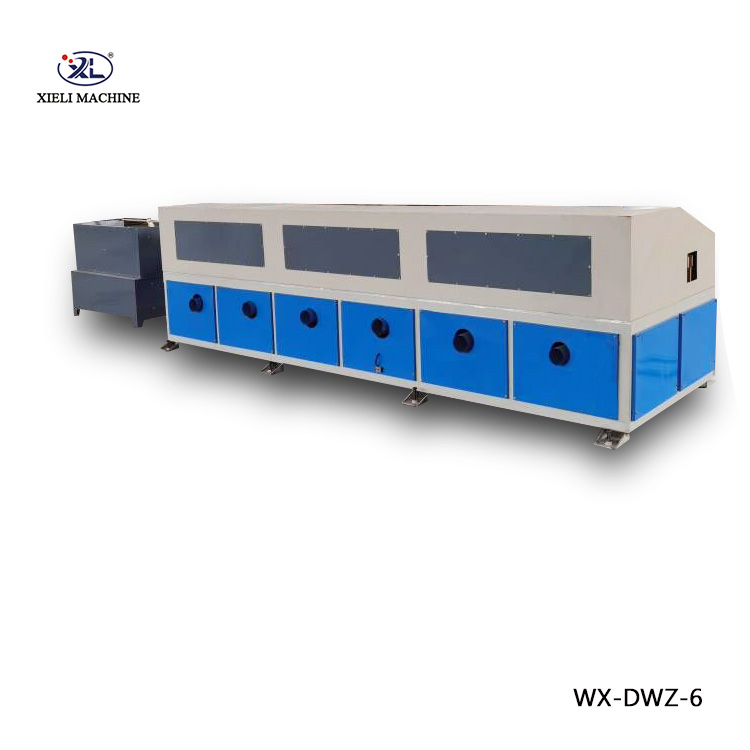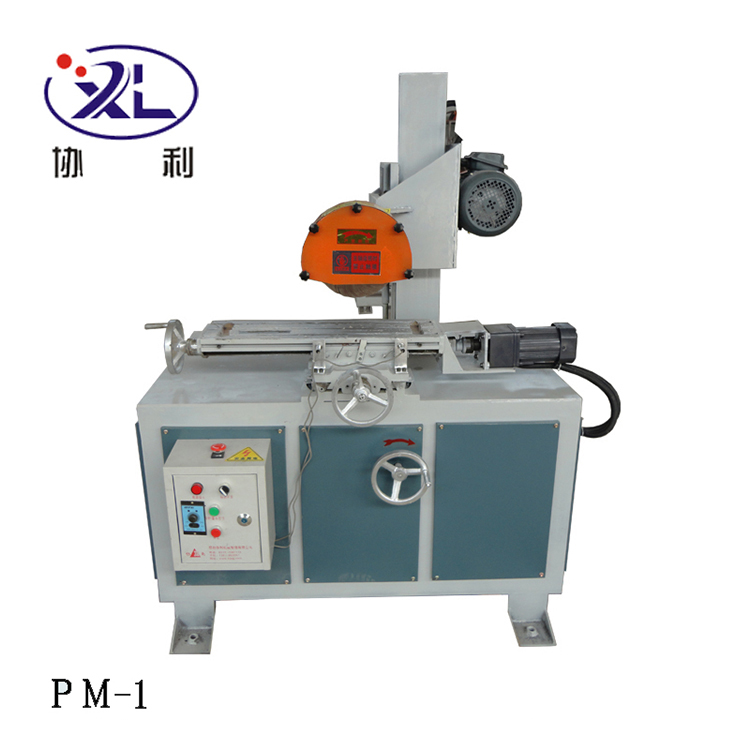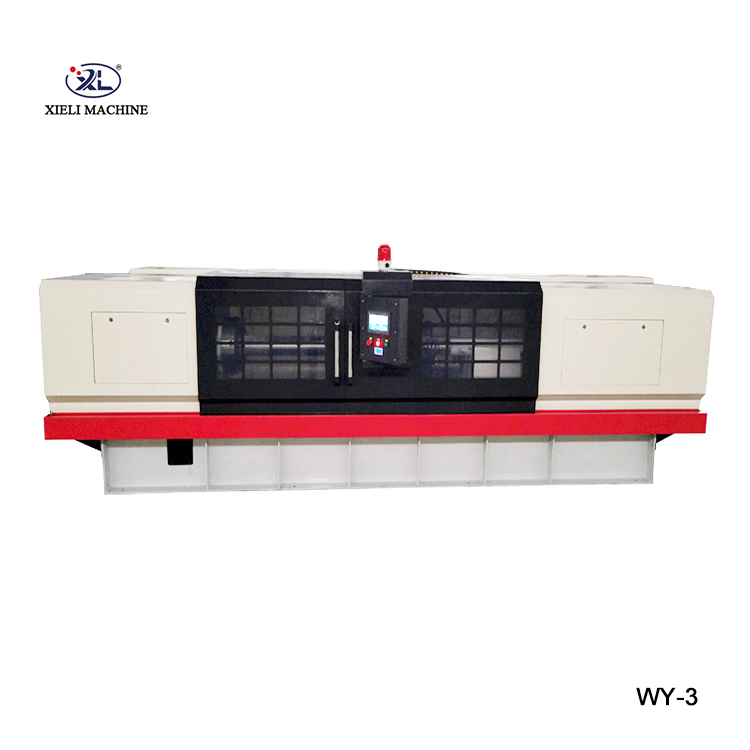The Importance of Stainless Steel Plate Polishing Machines
In the modern industrial landscape, the demand for high-quality stainless steel products is ever-increasing. From kitchen appliances to aerospace components, the durability, aesthetic appeal, and corrosion resistance of stainless steel make it a preferred choice across various sectors. However, to achieve that impeccable finish and smooth texture that stainless steel is known for, efficient polishing processes are crucial, leading to the growing importance of stainless steel plate polishing machines.
Understanding Stainless Steel Polishing
Stainless steel polishing is a critical step in the manufacturing process, enhancing both the functional and visual properties of the metal. This process increases surface smoothness, removes blemishes, and prepares the stainless steel for further treatments, such as coating or painting. The challenge lies in achieving a uniform finish that meets industry standards, which is where polishing machines come into play.
Types of Polishing Machines
Stainless steel plate polishing machines come in various configurations, each tailored to meet specific production needs. Some common types include
1. Belt Polishers These machines use abrasive belts to polish large stainless steel plates. They are favored for their ability to handle heavy workloads and their versatility in operation. Belt polishers are effective for removing deep scratches, surface wear, and achieving a smooth, glossy finish.
2. Disc Polishers Utilizing rotating discs with various grits, disc polishers are ideal for fine polishing. They allow for precise control and are commonly used for finishing small to medium-sized stainless steel components.
3. Cylindrical Polishers Designed for polishing cylindrical stainless steel items, these machines provide an efficient solution for industries that produce pipes, tubes, and other round metal products.
4. Robotic Polishers With advancements in technology, robotic polishing machines have emerged. These highly automated systems offer consistent, high-quality finishes while minimizing human error. They are particularly beneficial for complex shapes and intricate designs.
stainless steel plate polishing machine

Benefits of Using Polishing Machines
1. Efficiency Polishing machines significantly reduce the time and labor required for surface finishing. Automating the process allows for higher production rates while maintaining consistent quality.
2. Quality Control Modern polishing machines are equipped with advanced features like speed control and pressure adjustment. These enable operators to achieve a specific finish that meets exacting standards, ensuring quality control in the manufacturing process.
3. Safety Manual polishing can be hazardous, involving exposure to loose particles and abrasive materials. Machines mitigate these risks, creating a safer work environment for operators.
4. Cost-Effectiveness While the upfront cost of a stainless steel plate polishing machine may be considerable, the long-term savings in labor, materials, and time make them a cost-effective investment for manufacturers.
The Future of Polishing Technology
As industries evolve, so does the technology behind stainless steel polishing machines. Emerging trends include the integration of artificial intelligence (AI) and machine learning, enabling machines to adapt their processes based on the specific characteristics of the metal being polished. Additionally, there is a strong push towards eco-friendly practices in manufacturing, which has led to the development of polishing machines that use less energy and produce minimal waste.
Moreover, the customization of polishing machines to handle varying plate sizes and shapes is becoming increasingly popular, allowing manufacturers to tailor their operations to meet diverse customer demands.
Conclusion
The stainless steel plate polishing machine stands as a vital tool in the manufacturing sector, ensuring products not only perform well but also look appealing. As technology continues to advance, these machines will play an even more significant role in enhancing efficiency, safety, and sustainability in the production of stainless steel goods. As the market for stainless steel continues to grow, so will the need for refined polishing techniques, driven by the capabilities of sophisticated polishing machinery. For manufacturers looking to remain competitive, investing in high-quality polishing equipment is not just an option—it is a necessity.





